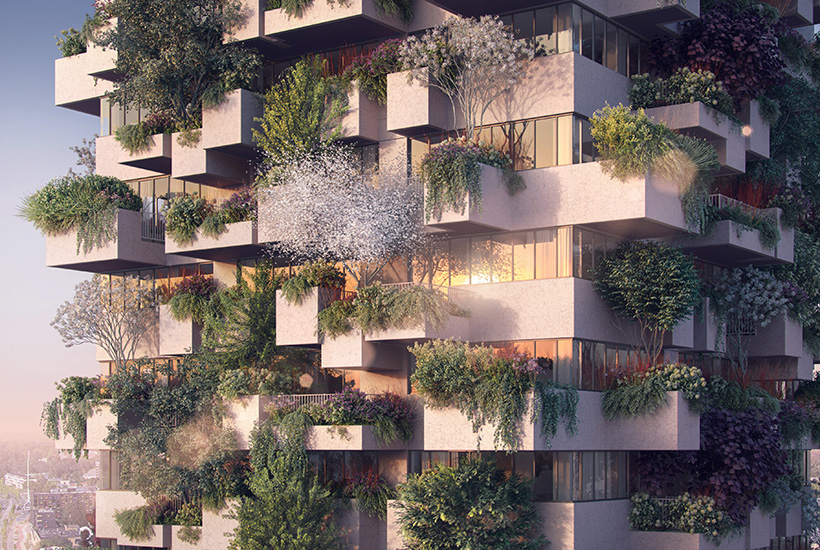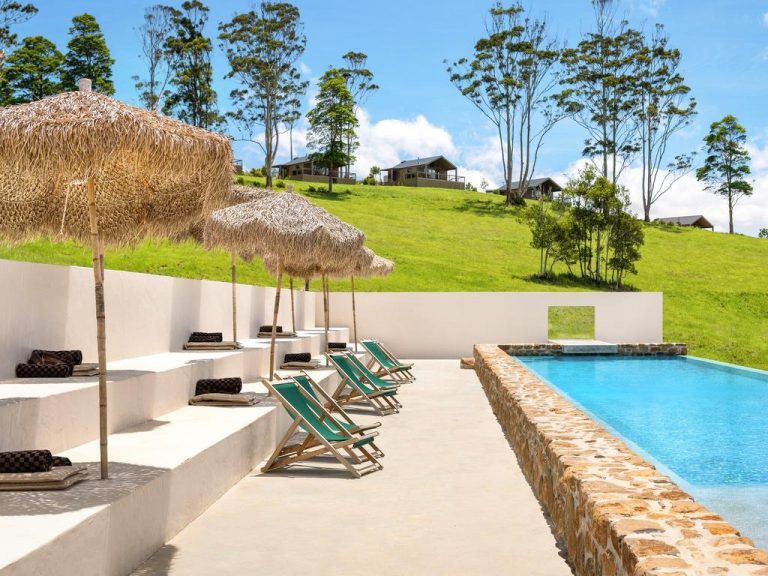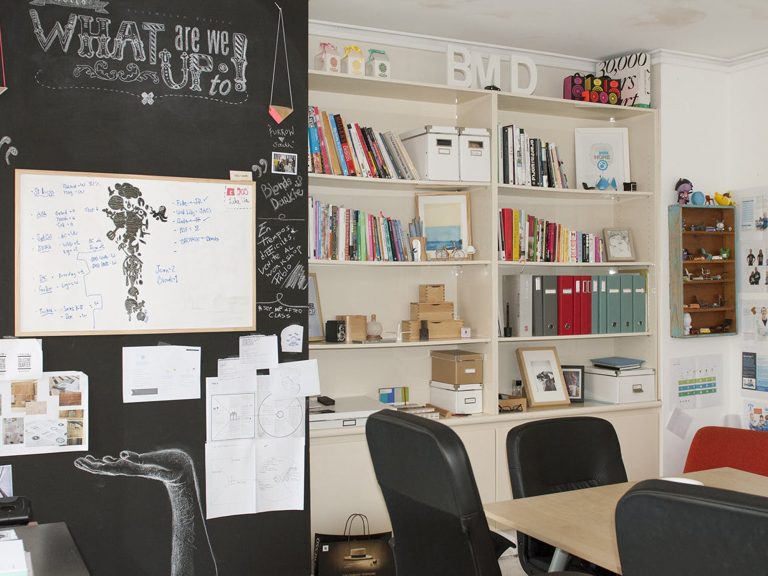Vertical forests come to social housing

Vertical forests and gardens are a booming trend among newly built office and residential towers, as the world continues to shift towards buildings that are both sustainable and more aesthetically pleasing.
The concept of putting thousands of trees and plants on the side of buildings is already a global one, with a new Hyatt Hotel in China and a tower in Paris set to feature slabs greenery on their external walls, while other buildings in Sydney, Milan, Beijing and Singapore have also embraced the idea.
And soon the forests won’t only be reserved for office workers and those who can afford to buy a new apartment.
Commercial Insights: Subscribe to receive the latest news and updates
The Netherlands is to become home to the world’s first vertical forest on a social housing project, with an Eindhoven development
Developer Sint Trudo has engaged Italian designers Stefano Boeri Architects – known for their use of vertical forestry – to create a 19-floor social housing building with hundreds of trees and plants incorporated into the walls and balconies.
Each apartment will have a surface area of under 50sqm and the exclusive benefit of one tree, 20 shrubs and over four square metres of terrace
The 75m-high project will have 125 apartments or units – all to be rented to residents at affordable rates – encompassing 125 trees and 5200 shrubs and plants.

The building will have 75 plant species and more than 5300 trees and plants.
Stefano Boeri Architects project director Francesca Cesa Bianchi says each apartment will feature its own green space.
“The Trudo vertical forest sets new living standards. Each apartment will have a surface area of under 50sqm and the exclusive benefit of one tree, 20 shrubs and over four square metres of terrace,” she says.
“Thanks to the use of prefabrication, the rationalization of technical solutions for the facade, and the consequent optimization of resources, this will be the first vertical forest prototype destined for social housing.”
The company says the building’s ecosystem of more than 70 plant species will make a significant dent in the Dutch city’s carbon dioxide output.
Stefano Boeri says vertical forestry shouldn’t be a perk reserved only for the well-heeled.
“The high-rise building of Eindhoven confirms that it is possible to combine the great challenges of climate change with those of housing shortages. Urban forestry is not only necessary to improve the environment of the world’s cities but also an opportunity to improve the living conditions of less fortunate city dwellers”, Boeri says.







